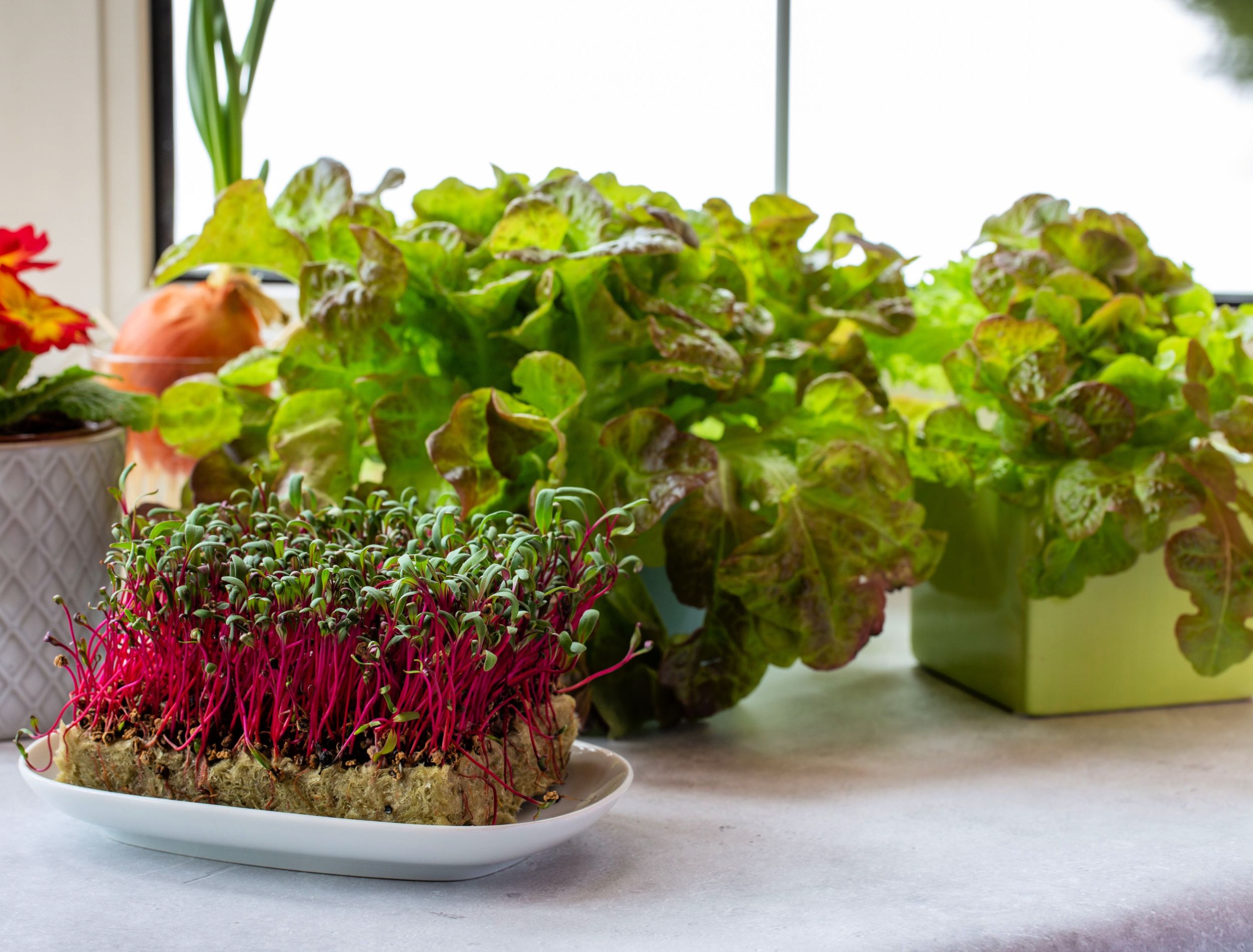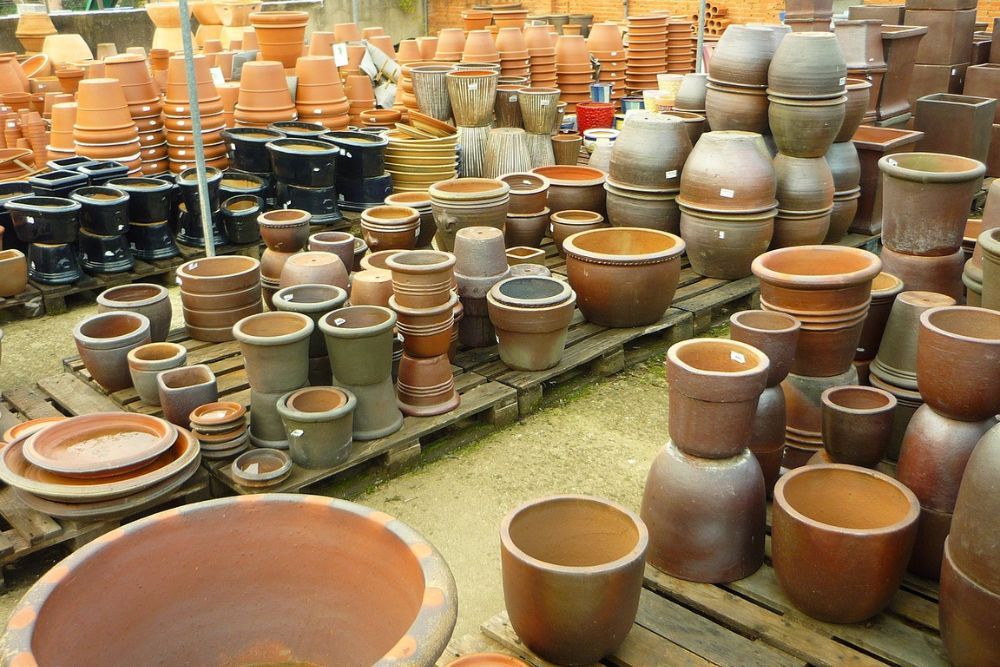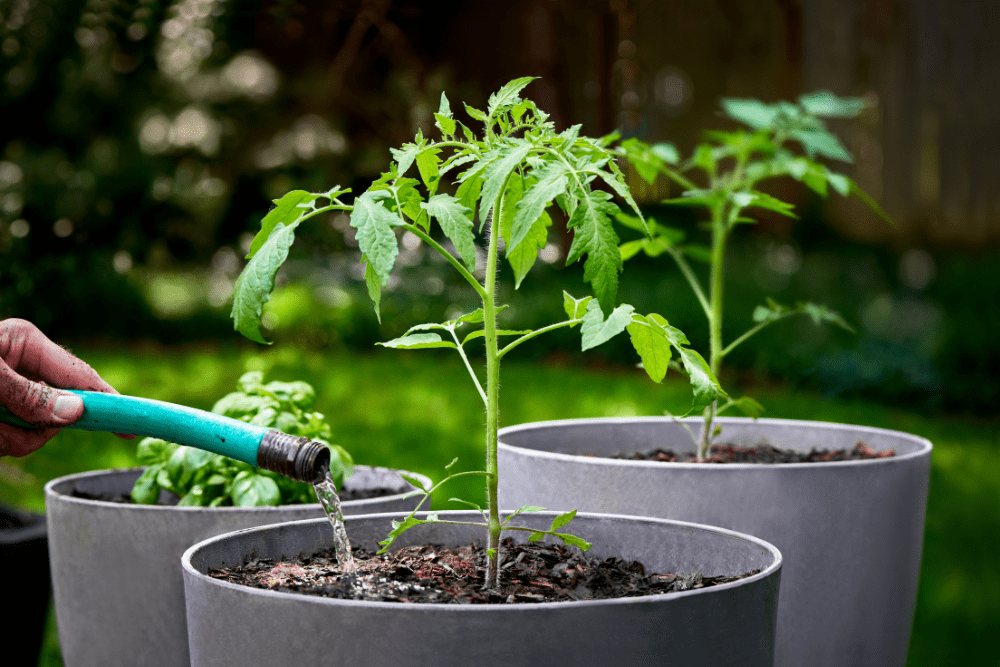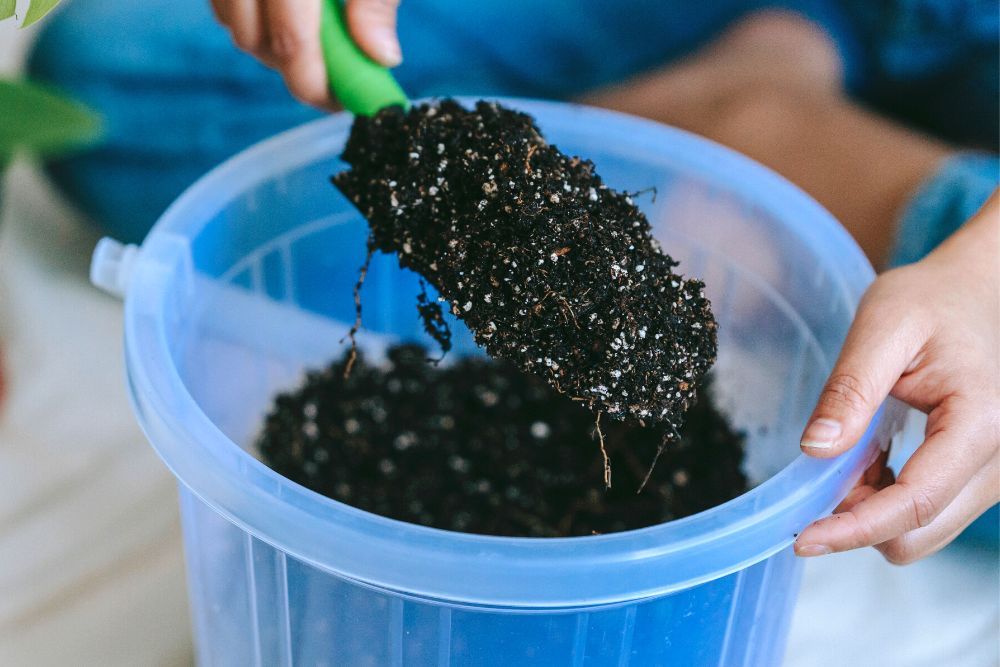Growing vegetables in containers is a great way to start a garden because it allows you to maximize your space while still growing your own food. Many vegetables grow well in containers -- such as tomatoes, peppers, and cucumbers.
There are many benefits to growing in containers. For example, you can move the container around to give your vegetables the proper growing conditions. Plus, you're less likely to experience weeds and problems with diseases.
Whether you live in an apartment, have a small yard, or want the convenience of a container garden, learn four tips for growing vegetables in containers.
1. Choose the Right Container
Image credits: Francisco Leão via Pixabay
One of the most important things to consider when container gardening is choosing the right size and type of container for your plants. Vegetables growing in pots are similar to those growing in the ground, but there are a few main differences. Containers dry out a lot faster and need more frequent watering. Selecting the right size container ensures that your plant has enough room to grow and flourish while reducing how often you need to water.
A general rule of thumb is to select a 6 to 9 inch deep pot for shallow-rooted vegetables like lettuce, spinach, chives, and radishes. For moderate-rooted plants like peppers, peas, beets, and kale, use a container that is 12 to 18 inches deep. Deep-rooted vegetables like tomatoes, zucchini, and cucumbers need a container that is at least 18 to 24 inches deep.
From there, choose your container type. Popular container choices include terracotta, ceramic, clay, wood, or plastic. It's best to avoid metal containers that will heat up from the sun and dry out much faster. If you opt for a wooden container, use a rot-resistant type of wood -- such as cedar or redwood. Note that unglazed clay pots, including terracotta, are porous and dry out more quickly than other materials.
Pro Tip: Make sure your containers have proper drainage holes. This prevents water from building up in the bottom of the container, damaging the plant and leading to root rot.
2. Grow Container-Friendly Vegetables
Image credits: Geo-grafika via Canva
Once you decide on your containers, it's time to think about what types of vegetables you will be planting. Most vegetables growing in the ground can also easily grow in a container, just make sure to research your specific plant before making this big move.
When buying seeds, check the label to look at the growing requirements and ensure they are container friendly. Many seeds are explicitly cultivated for containers and pots. These plants grow more compact and are often called dwarf, patio, or bush varieties.
Avoid vining crops when growing in containers, as these plants take up lots of space. Instead, look for bush varieties of plants like cucumbers, green beans, zucchini, and squash. If you want to grow tomatoes, choose a determinate type over an indeterminate one. Determinate tomatoes are much smaller and grow to a certain height before setting all their fruit. Indeterminate varieties can grow quite large, reaching heights of more than 10 feet tall, and will keep growing until frost kills them off.
Leafy greens also do well in pots and need limited space. You can plant multiple varieties and take advantage of companion planting. All lettuces, spinach, arugula, and swiss chard varieties will do exceptionally well in your container garden.
3. Proper Watering for Container Vegetables
Image credits: WNstock via Shutterstock
Proper watering plays a considerable role in container gardening. Watering too much or too little is often the main problem that gardeners have. Every plant is different, and how often you need to water will depend on the type of vegetable and its container size.
Use organic potting soil in your containers and mulch at the soil level for the best results. Mulching around your plants helps retain soil moisture and slows water evaporation. Testing the soil often will help determine if the plant needs more water. You can do this by inserting your finger into the container and seeing if the soil feels dry to the touch. If you are still trying to figure it out, another foolproof way to test the moisture level is with a moisture meter.
The ideal time of day to water your container plants is in the early morning or in the evening after the sun sets. It's better to water your homegrown vegetables thoroughly, but less often rather than more frequently. You should always water the plant until it drains out the bottom of your container.
Avoid overhead watering and getting the plant's leaves wet. Instead, water at the soil level. This helps to prevent diseases, mold growth, or scorched leaves.
4. Fertilize Plants Regularly
Image credits: Teona Swift via Pexels
The last thing to consider when growing in pots is regularly fertilizing your plants. Container plants need certain nutrients to keep them healthy and strong all season long, especially since they are growing in a controlled environment.
When growing edible plants, it's best to use an organic fertilizer if possible. The most common types of fertilizers are a slow-release granular mix or a water-soluble powder. Popular organic fertilizers include seaweed, bone meal, worm castings, and fish emulsion.
Many high-quality potting soils already have fertilizer mixed into the soil, so check beforehand to ensure you are not over-fertilizing your vegetables. Ideally, you should fertilize every two to three weeks depending on the plant type and how it grows. Follow the package directions to see how much fertilizer to apply.
Get Growing in Containers!
Growing vegetables in containers is such a rewarding experience that any gardener, beginner, or expert can enjoy and reap the many benefits. Container gardening allows for flexibility and the freedom to grow anything, anywhere in the garden.
Have you tried growing vegetables in containers before? Leave a comment down below with your favorite plant and share your experience!





